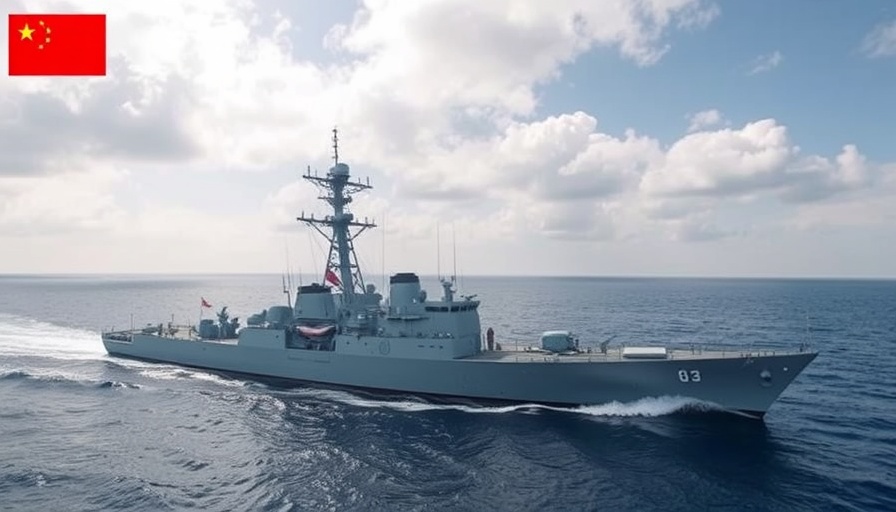
China's Military Claims Success in Scarborough Shoal Incident
In a bold assertion, the People's Liberation Army (PLA) recently declared that it successfully "drove away" a U.S. Navy destroyer from the waters near Scarborough Shoal, an area that has been a crucial point of contention in the South China Sea. This incident is not only noteworthy for its immediate implications on military relations but also serves as a lens through which to examine the broader geopolitical tensions brewing in the region.
The Significance of Scarborough Shoal
Scarborough Shoal has long been a flashpoint in disputes between China and the Philippines, with both nations claiming sovereignty over the waters. The strategic location, rich in fishing resources and located near important shipping lanes, amplifies its importance. The recent encounter illustrates the deteriorating relations between the U.S. and China, particularly as the U.S. maintains a policy of confronting China’s territorial claims in the South China Sea.
U.S. Response and Reactions
The U.S. Department of Defense has yet to officially respond to the latest claims by the PLA. However, past reactions to similar incidents suggest a consistent commitment to freedom of navigation in the region. Additional military exercises and the deployment of naval vessels in the vicinity may follow to ensure U.S. interests and allies are protected.
Historical Context and Background
Understanding the historical background of these territorial disputes is essential. In 1995, China occupied Mischief Reef, which set off an arms race in the region, as neighboring countries bolstered their military capabilities in response. Tensions escalated further in 2016, when an international tribunal ruled in favor of the Philippines against China’s expansive claims, triggering a diplomatic rift that still poses challenges today.
International Implications
The Scarborough Shoal incident has widespread implications, reflecting larger geopolitical strategies. As China continues to assert its maritime claims, the U.S. and its allies may feel compelled to strengthen their military presence to counter perceived aggression. This spiraling tension could have drastic impacts on global trade, affecting everything from commodities to investment strategies as stakeholders weigh the regional risk factors.
Investment Strategies Amidst Geopolitical Uncertainty
For investors, geopolitical tensions can create both risk and opportunity. Understanding the economic implications of conflicts—such as potential disruptions to shipping lanes—can inform investment strategies. For instance, diversifying portfolios to include commodities like gold may offer protection against market volatility that often accompanies such crises. Investment opportunities in sectors like technology, which are less dependent on stable trade routes, could also emerge as investors look to mitigate risks.
Assessing Risk Management in Investing
As tensions rise, investors should focus on risk management techniques tailored to navigate potential financial fallout. This includes thorough market analysis to identify asset allocation strategies that balance exposure to volatile sectors while still seeking growth. The ongoing narrative of U.S.-China relations emphasizes the importance of remaining adaptable and informed in decision-making.
Future Predictions: Emerging Market Trends
As the geopolitical landscape evolves, emerging markets may experience heightened volatility. Investing in international funds with exposure to Asia may present opportunities, but it's crucial to conduct thorough research and consider market timing to align with personal financial goals. Emerging market investments could yield growth, but attuning to macroeconomic signals will prove essential.
In synthesis, the incident surrounding Scarborough Shoal exemplifies the complexity of regional tensions and their ripple effects beyond military engagements. For investors, the key is to stay informed, manage risks prudently, and consider diverse opportunities amidst the uncertainties of international relations.
 Add Row
Add Row  Add
Add 



Write A Comment